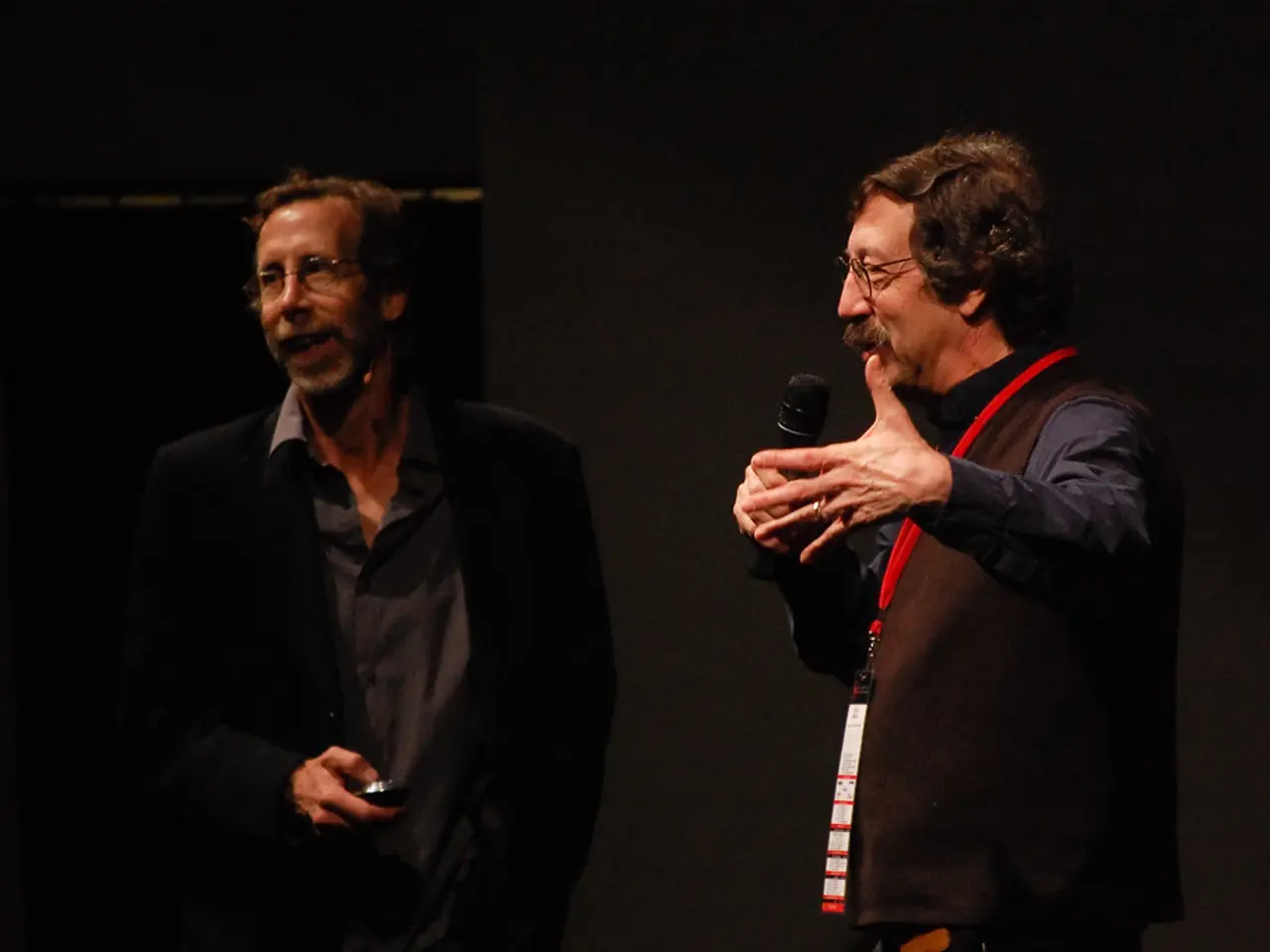"Fifty Years of Sholay"
August 15, 1975, marked the release of a cinematic landmark that continues to captivate audiences worldwide - Sholay. Directed by Ramesh Sippy, this groundbreaking film revolutionized Indian filmmaking with its unique blend of genres and innovative action sequences.
Historically, Sholay was a pioneering film in many respects. It was the first Indian movie shot in 70mm widescreen, bringing a new visual grandeur to Indian cinema. The action scenes, such as the iconic train ambush with slow-motion shots and dramatic effects, set a new benchmark for spectacle in Indian films. This was achieved by integrating Hollywood stunt expertise alongside Indian stunt coordination, which was uncommon at the time.
Sholay blended Indian emotional and moral storytelling traditions—friendship (dosti), revenge (badla), and moral duty (dharma)—with Western-inspired action and drama, making it both uniquely Indian and universally appealing. The film faced censorship challenges due to its violence but maintained a powerful emotional weight that resonated deeply with audiences.
In terms of influence and legacy, Sholay broke all box office records in India at that time and remained a huge commercial success for nearly two decades. Its characters—particularly Gabbar Singh, Thakur Baldev Singh, and the duo Jai and Veeru—became archetypes and cultural symbols in India and among South Asians globally. The soundtrack and dialogues are still celebrated and frequently quoted, with many elements becoming ingrained in popular culture across generations.
The film’s impact extended beyond India, notably influencing audiences in countries like Iran, demonstrating its cross-border appeal. It has been named the best Indian film of the past 50 years by prestigious institutions like Filmfare and ranked No.1 in the British Film Institute's top Indian films list.
For generations of youngsters who grew up watching Sholay, the threat of a visit by Gabbar Singh was a common and sobering experience. The film is not a particularly family-oriented one, with a lot of violence, threats, and foul language, yet it still has a universal appeal. Aasif Mandvi describes Sholay as an image of Indian masculinity that he had never seen before, with toughness, sexuality, and danger.
Sholay's storyline is a simple retelling of ordinary people rising up against injustice. For a generation of British-Asian men, Sholay represented their first instances of seeing positive brown role models on screen. It also served as a subtle protest against the authoritarian politics of the day in India during the government of Indira Gandhi.
Overall, Sholay’s ingenious combination of storytelling, technical innovation, and unforgettable performances created a timeless cultural landmark that continues to inspire filmmakers and captivate audiences worldwide more than 50 years after its release.
Movies-and-TV enthusiasts often discuss Sholay, a groundbreaking film from 1975, as a classic example of entertainment that transcends borders. Sholay's unique storytelling, combining Indian emotional and moral traditions with Western-inspired action and drama, continues to enthrall audiences across the globe.








